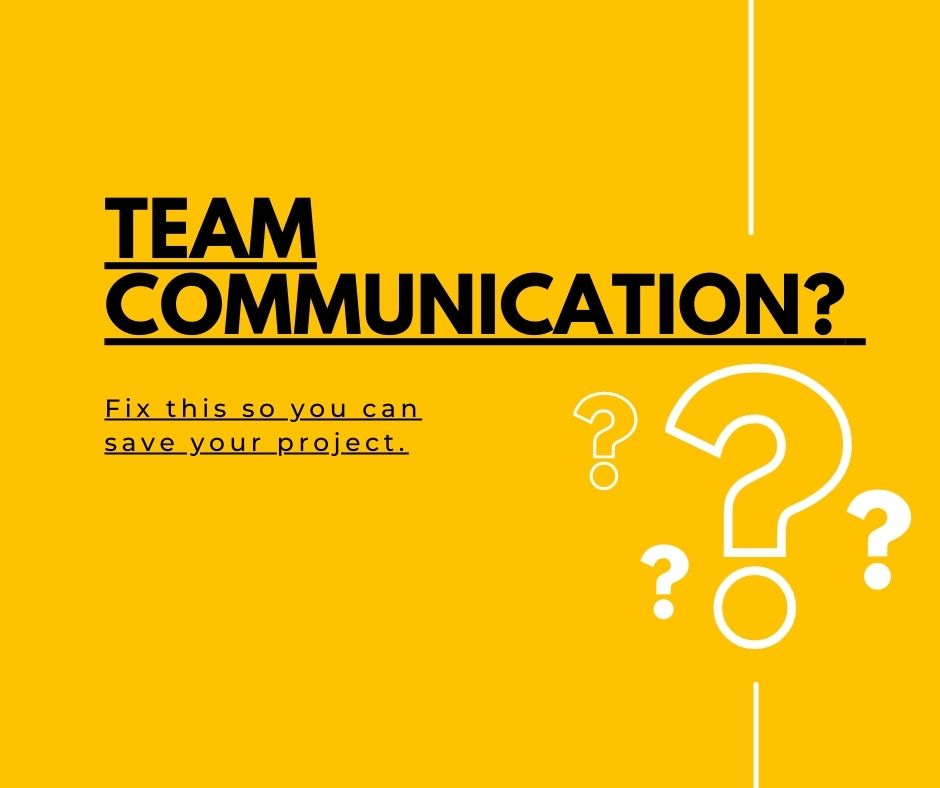The basis for a project being delivered successfully is team communication. Team dynamics are strengthened, morale is raised, and collaboration is promoted via effective team communication. In this post, we’ll talk about the value of team communication and offer helpful advice for creating a cohesive team.
Each of us has been a part of teams where poor communication led to delays, misinterpretations, and even fights. More than simply exchanging information is necessary for effective team communication. It calls for respectful communication, attentive listening, and precise wording. You may overcome these challenges and develop stronger team chemistry by giving team communication top priority.
Promoting Open Communication:
The first step to effective team communication is to establish an open communication culture. Encourage team members to freely communicate their thoughts, worries, and ideas. This strategy encourages creativity and creative problem-solving in addition to collaboration.
Active Listening:
Effective team communication depends on active listening. Encourage team members to pay close attention to one another, refrain from interrupting, and seek clarification when necessary. This strategy makes sure that everyone is on the same page, reduces miscommunication, and improves team chemistry.
Speaking Clearly:
Effective team communication depends on clear communication. Encourage team members to express their ideas, views, and expectations in a clear and succinct manner. This method reduces misunderstanding, makes sure that everyone is on the same page with the project objectives, and improves team dynamics.
Mutual respect:
Effective team dynamics are created through respectful communication. Encourage team members to appreciate one another, refrain from bias, and give constructive criticism the highest priority. This strategy promotes team dynamics, boosts morale, and cultivates a positive team culture.
Developing Stronger Team Dynamics: Some Advice
Regular Check-Ins:
Regular team check-ins give team members the chance to talk about how projects are doing, address any issues, and set expectations. These check-ins boost team relationships and encourage open communication.
Activities for Team Building:
Team building exercises promote collaboration, better communication, and the development of trust. Inspire team members to take part in team-building exercises including icebreakers, team games, and off-site activities. The team dynamics are strengthened and morale is raised by this strategy.
Reward and Recognition:
Reward and Recognition are strong motivators that improve team chemistry. Celebrate accomplishments, honour team members for their contributions, and praise superior work. This strategy not only promotes team dynamics but also fosters a positive team culture.
Effective team communication is the cornerstone of a project’s successful completion. You may create more effective team dynamics by putting an emphasis on open communication, active listening, clarity in expression, and mutual respect. Team dynamics are further improved by include regular check-ins, team-building exercises, recognition, and rewards. Always keep in mind that good team communication is a constant process that calls for discipline, commitment, and effort. The advice provided in this article can be used to create a high-performing team that consistently completes successful projects.








